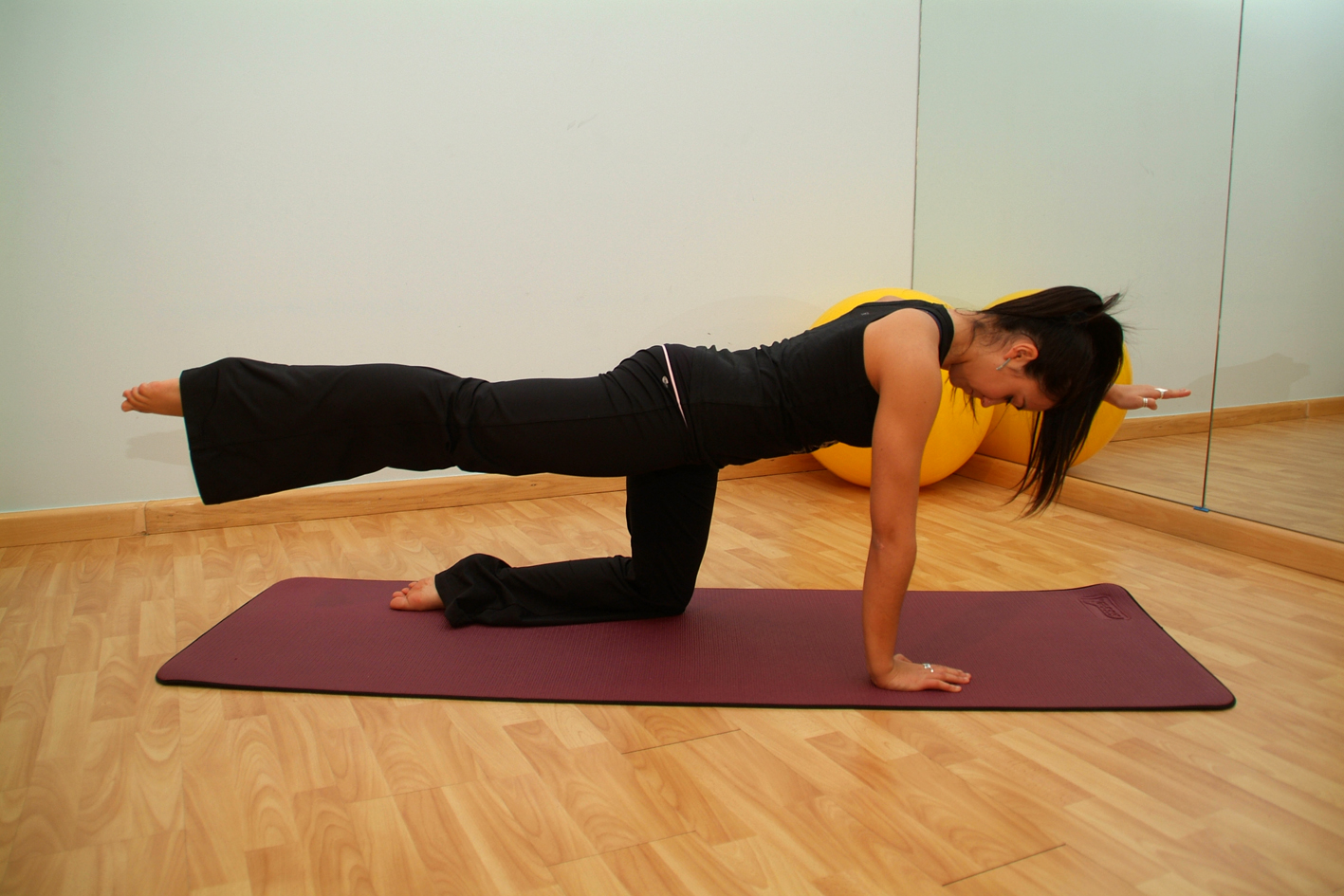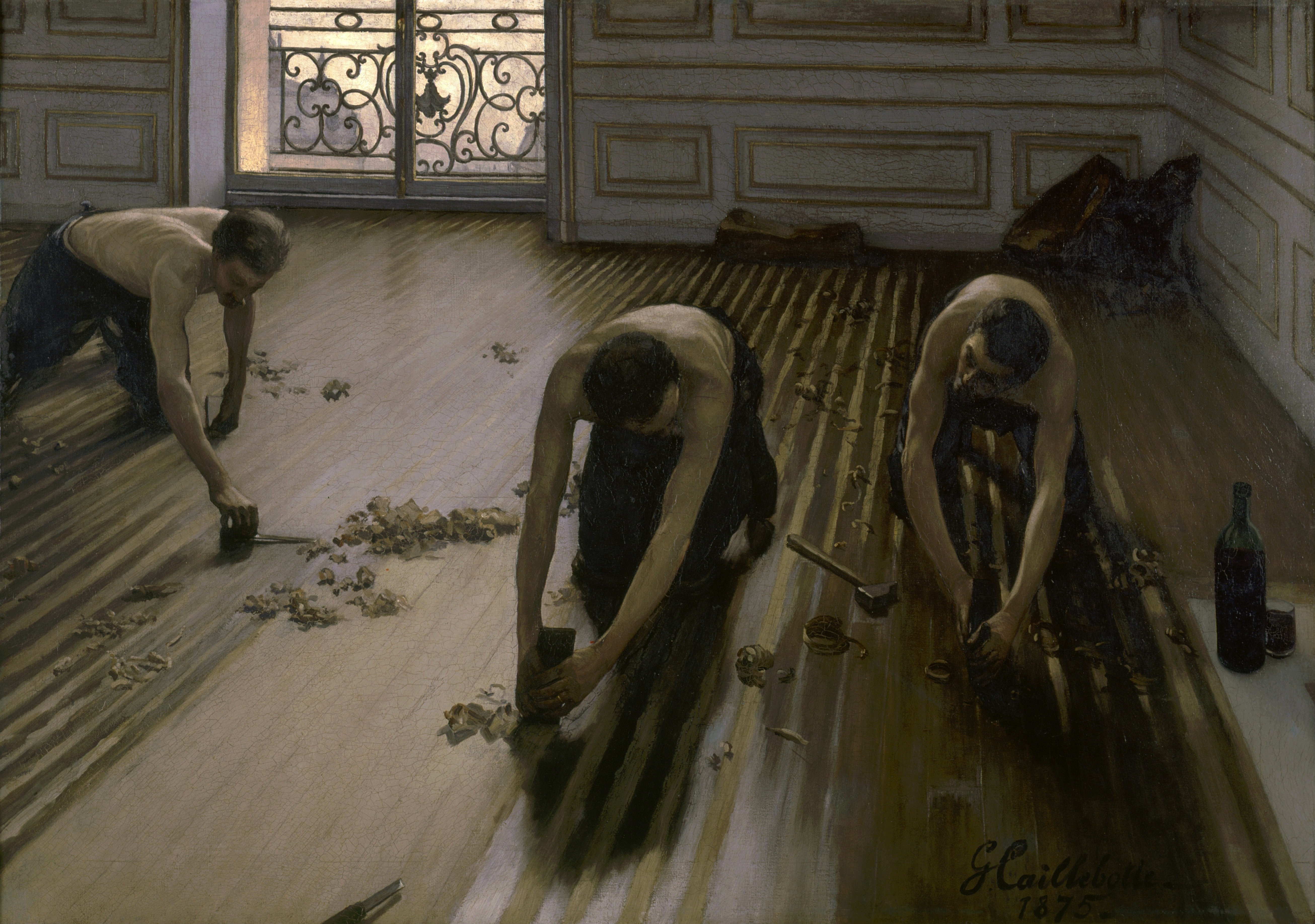Post 118 -by Gautam Shah
 |
| Floor spread for exercise |
Floor finish systems classified by the method of laying or fixing are
FOUR basic types.
- simply laid on
- mechanically keyed
- adhesive bonded
- cast in situ
1-SIMPLY LAID-ON FLOORING SYSTEMS
These flooring systems remain fixed due to the gravity. The materials are
broad-based and often their sheer packing (tight conglomerations of
several pieces) provides the stability. Such floorings do not work properly
on inclined gradients and in vibratory conditions.
Thin or low mass
materials get blown off by winds, or get upset due to the moving traffic
on it. These floorings are always demountable or
removable, re-installable, so preferred for streets to facilitate
alteration of service lines.
These flooring systems are often secondary systems laid over a hard
floor.
Some gravity stayed floors are sparingly fixed or keyed by mechanical
fixers (e.g. carpets by cleats, zippers, Velcro, etc.). In some
instances
backing materials like rubberized coating also improves staying by
increased friction.
| Large pieces of floor stayed by gravity |
 |
| Cobble stone Floor |
Examples: cobbles, brick lays, gravels, sand spreads, carpets, rugs, floor spreads, Daris, Chattais, woven mats, foot’s dusters, wooden boards, synthetic flooring mats, plastic and rubber tiles and rolls, lawn blocks.
2-MECHANICALLY KEYED FLOORING SYSTEMS
In this case the floor finish is incapable of staying in place due to thin
body, low weight, absence of gravity pull (such as inclined, vertical or
upside down surfaces), presence of other disturbing or vibratory forces,
and small extent of spread. Such floors’ finishes are mechanically keyed
to the substrate or the structure. Mechanical fastening is achieved by
joining systems like nut-bolt, nails, screws, rivets, seam formation,
stitching, etc. and also through: friction, suction, surface-tension,
magnetic pull, electro-static attraction, etc.
 |
Examples: bus metal floors, ship decks, stage wood floors, cladding, panelling, stair carpets, industrial and performance stage catwalks, etc.
3-ADHESIVE BONDED FLOOR SYSTEMS
In this system the Floor finish is stayed by affixing in Three distinct ways:
1 several small units of floor finish are affixed edge to edge to create a
larger unit, so that it can due to sheer extent stay-put in a place,
2 the flooring material or a layered composition of it, are affixed to a base
or substrate.
3 The floor finish is affixed to the substrate or structure, but a part of
the fixing material is allowed to float up at the edge junction to form a
joint.
,_applies_a_ceramic_floor_tile_during_the_restoration_project_at_the_Providence_Hall_in_St._Elisabet.jpg) |
| Ceramic tiles fixing with cementing compound |
Examples of adhesive bonded floors: Natural stones (Marble, Granite,
Slate, Sand stone), Cast material (cement blocks, mosaic tiles, IPS, Ironite)
synthetic tiles (PVC, linoleum, Glass fiber), Ceramic tiles (bricks, terracotta, baked clay, glazed, porcelain, highly vitrified) and films, foils.
4-CAST IN SITU FLOOR SYSTEMS
Cast in situ or site systems are laid on the site as a coating. The coatings
are thin films, viscous mass or spread of substantial mass. These flooring
systems provide a joint-less and uniform quality surface. The major
advantage is that there are no visual or application joints, except
formed due to fast setting or drying of applied material. The non
existence of Structural joints creates one homogeneous surface. Such
systems are usually designed to develop a bond with the substrate as the
surface is formed by processes such as curing, evaporative drying,
cooling, oxidation, calcification, chemical bonding, polymerization, heat,
radiation and moisture induced changes. The bonding with the substrate
reinforces it.
 |
| Concrete cast floor |
 |
| Site cast flooring |
Examples: concrete floors, Cement cast floors, cow dung, Surkhi and lime
combinations, synthetic or culture marble systems, fiber glass and other
resin+ fiber matrix spraying composites, Organo plastics, tar-bituminous
materials, Paints (Enamels, Cyclized rubbers, Lacquers, Epoxies,
Polyurethane, etc.).
.






No comments:
Post a Comment